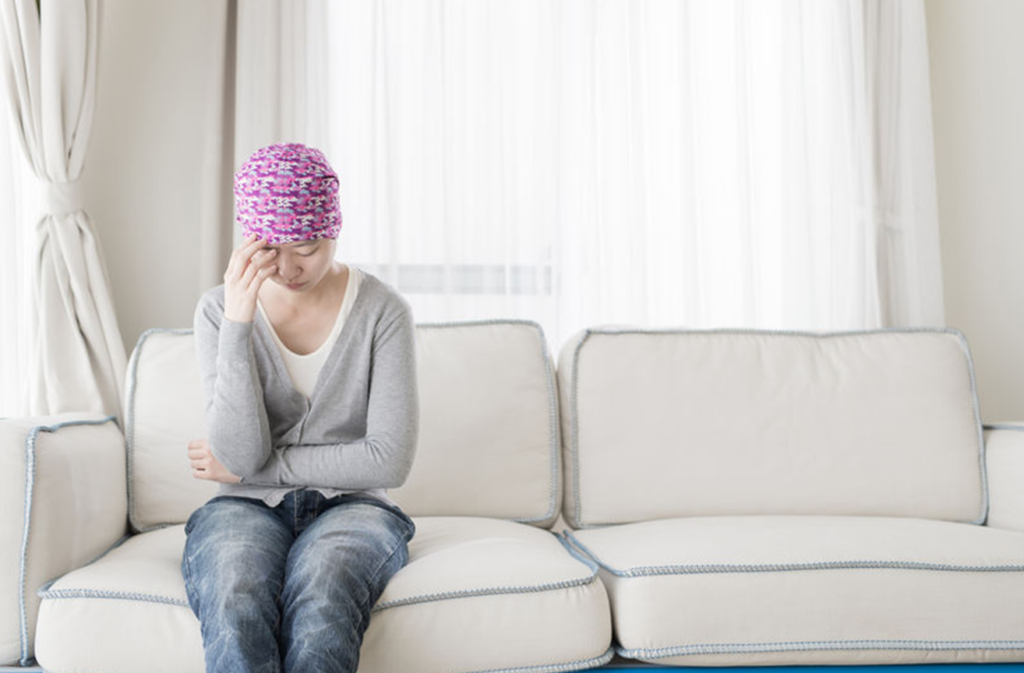“I ended up contracting shingles, post bone marrow biopsy—an experience so painful I wouldn’t wish it on my worst enemy.”
– p. 156, “From Doctor to Patient”
Q: What is Shingles?
A: Shingles is a viral infection that results in a painful burning rash and/or blisters on the skin. The rash typically starts on one side of the torso, occurring commonly on the waist, chest, abdomen, or back, although it can also show up on the face and other areas of the body.
Q: What causes Shingles?
A: Shingles is caused by the same virus that causes chickenpox (varicella-zoster virus). For people who’ve had chickenpox, the virus reactivates in the body, causing Shingles. Shingles most typically occurs for people over the age of 50, although anyone who’s had chickenpox can get Shingles.
Q: How is Shingles treated?
A: Shingles is treated with pain relief and antiviral medications. Several natural remedies can also help soothe symptoms such as cool compresses, healing baths, and baking soda/cornstarch paste. Shingles has to run its course (typically 3-5 weeks), but medications and natural remedies make the pain more bearable. It’s important to see your doctor immediately after you notice Shingles symptoms, as symptoms and complications can be reduced with timely treatment.
Q: What are complications of Shingles?
A: After Shingles, you may get a complication called postherpetic neuralgia, severe pain in the nerves where the Shingles blisters once were. After Dr. Nagula had Shingles, he developed postherpetic neuralgia. He described the pain as nothing he’s ever felt before – “a sharp, burning, lancinating pain.”
Q: Are cancer patients more likely to get Shingles?
A: Compared to people without cancer, cancer patients are about 40% more likely to get Shingles. This risk is much higher among individuals with blood cancers (such as the type of cancer Dr. Nagula had – non-Hodgkin’s lymphoma) and people currently undergoing chemotherapy.
Q: Why are cancer patients more likely to get Shingles?
A: Cancer causes dysfunction in the body and chemotherapy weakens the immune system. Both of these things make the body more susceptible to many viral and bacterial infections, including Shingles.
Q: Can cancer patients and survivors get the Shingles vaccine?
A: The Shingles vaccine is given to people over the age of 50 and helps to prevent Shingles. In the past, the Shingles vaccine used a live virus, which is not recommended for anyone with a weakened immune system. However, there are now Shingles vaccines with inactivated viruses, which, in general, are more appropriate for people with weakened immune systems. Cancer patients and survivors should discuss the Shingles vaccine with their healthcare provider.
In his book, “From Doctor to Patient,” Dr. Nagula describes his journey through cancer and the mental, physical, and emotional complications that came with it, including his experience with Shingles. To learn how Dr. Nagula beat cancer and is now in the best health of his life, check out his book here.

